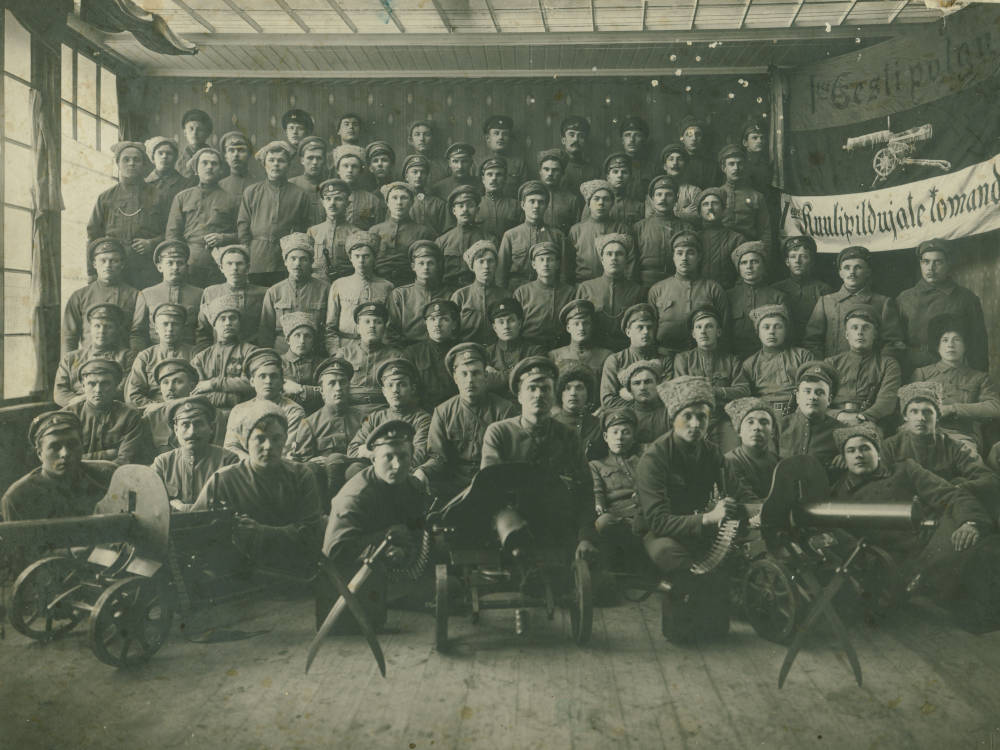Visitors of Lithuania, Latvia and Estonia have access to military heritage locations such as museums, fortifications, military equipment, trails, bunkers, battle sites, military towns, infrastructural objects, as well as memorial sites which speak to the era from the beginning of World War I in 1914 and the establishment of all three countries' independence in 1918, till the period of restoration of independence in 1990/1991.
Military heritage locations have descriptions, related memory stories, historical and present-day photographs, tourism services and recommendations on travel routes. There is also information about a great many lesser known and less often visited sites that nevertheless are important historical locations of military heritage in Lithuania, Latvia and Estonia.

Facebook news feed

Project LL-00052 “Extending the Baltic military heritage tourism product in Lithuania and South Latvia" (Military Heritage II) is being implemented with the support of the European Union Interreg VI-A Latvia–Lithuania Programme 2021- 2027. This website has been produced with the financial support of the European Union. Its contents are the sole responsibility of project partners and do not necessarily reflect the views of the European Union.
Project EE-LV00094 “Improved Accessibility of the Latvian-Estonian Military Heritage Tourism Product" (MIL-HER ACCESSIBLE) is being implemented with the support of the European Union Interreg VI-A Estonia–Latvia Programme 2021-2027. This website reflects the views of the author. The managing authority of the programme is not liable for how this information may be used.






























